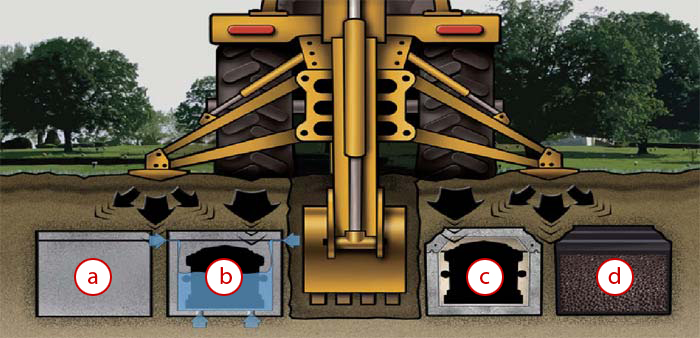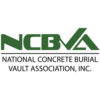Why a Burial Vault?

Key: a Grave Liner b Grave Liner with holes on bottom to allow water to enter & exit c Cut out of sealed box d Box in controlled environment
What is a burial vault and why do we need a burial vault for our loved one?
A.) A burial vault is a container that the casket is placed in when it is buried. The burial vault is placed in the grave, the casket is lowered into the vault and a lid is placed onto the vault before the grave is covered. The purpose of a sealed burial vault is to protect the casket from the elements such as water and soil as well as the weight of the earth and the equipment used in the maintenance of the cemetery grounds. Burial vaults help maintain the beauty of the cemetery by detering soil settlement. Burial vaults are most commonly made from concrete, but are also made from steel and plastic.A burial liner, also know as a grave liner is similar to a burial vault. The main difference between a burial vault and liner is that the liner only covers the top and sides of a casket, whereas a burial vault completely encloses a casket. In a burial liner, the bottom of the casket in this case is in direct contact with the ground. A burial liner serves to protect a casket during burial from being crushed and keeps the casket from being crushed when the heavy equipment that many modern cemeteries use pass over the grave. A liner helps keep the ground over the grave from sinking in, and helps keeps the ground even. To prevent sunken graves, many modern cemeteries require that either a burial liner or vault be used in burials. Burial vaults are used for many purposes. Please click below to watch a short video on the need for an outer burial container.
Reasons to Consider a Lined Concrete Burial Vault – MOV Format
Reasons to Consider a Lined Concrete Burial Vault– WMV Format
How are concrete burial vaults made?
A. Concrete burial vaults are manufactured using the pre-cast process. Here at Chesapeake Burial Vault Company we use a computer operated Mixer Systems concrete batch plant. Unlike some vault manufactures that use ready-mix concrete, our batch plant allows us to mix a consistant batch of concrete at our facility to produce vaults reguardless of weather conditions. Our propitary concrete mixture recipe exceeds the National Concrete Burial Vault Associations standard of 5,000 PSI after 28 days of curing. in the manufacturing process, once the concrete mixture is ready it is tranfered to our casting room where it is poured into the vault forms which are reinforced with wire mesh and re-bar for added support. Depending on the type of vault, liners are placed in to some of our forms to provide an additional level of protection for your loved ones casket. Once the concrete has set in the forms it is removed and placed in our storage facility to continue the curing process.
Where can I purchase a burial vault?
A. Unfortunately Chesapeake Burial Vault does not sell products directly to the public. You can purchase a burial vault through your local funeral home or funeral service provider. Contact Chesapeake Burial Vault for more information about funeral homes in your area.
We had our loved one cremated and are going to bury them. What can we do to protect the cremains?
A. If you are planning to bury the urn, many cemeteries require that an urn vault is used. An urn vault, just as with the burial vault can come in many different styles and levels of protection. Unlined or lined and sealed, an urn vault is the outer receptacle that houses the cremation urn, protecting it from the weight of the earth and cemetery maintenance equipment that will pass over it. Lined urn vaults provide additional protection from the elements while preventing the ground from settling, thus maintaining the beauty of the cemetery grounds.
What is the difference between a plastic container and a concrete burial vault?
A. Concrete burial vaults are designed to withstand heavy loads. Non-concrete burial vaults can fail, compromising the casket and creating dangerous depressions in cemetery grounds. Molded plastics vaults can be flexible and not well suited for load-bearing weight of the earth and heavy cemetery equipment. Plastic is a viscoelastic material. Under stress or pressure a plastic burial vault can deform. Over a period of time the material reaches its elastic limit and fails. The stress to strain ratio of elasticity of concrete is approximately 10 times higher than plastic.






